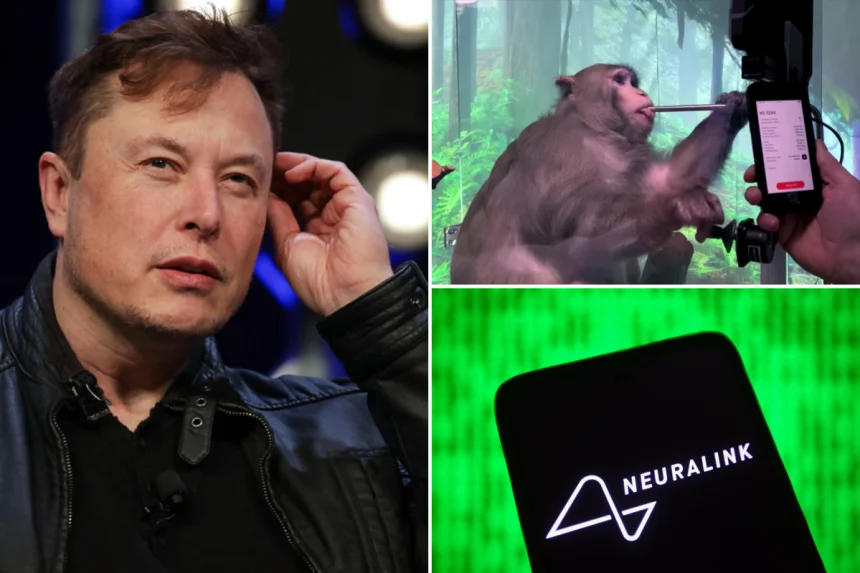Elon Musk’s chip implant company Neuralink is looking for its first volunteer since the company got approved to perform tests on humans by the FDA. Prior to its approval for human clinical trials, Reuters reported that Since 2018, Neuralink has killed roughly 1,500 animals in the process of trying to connect brains to computer interfaces, according to company records reviewed. In the wake of that work, the company began actively recruiting for its first human trials in late September, after receiving FDA approval.
But, as Neuralink starts the daunting work of turning its sci-fi dreams into reality, the risk of human suffering exacted in the name of such experiments has never been higher.
Many of the animals Neuralink killed were larger mammals with brains closer in size and likeness to those of humans, such as monkeys and pigs. And the details of their deaths are documented in vivid detail, to put it mildly.

Records from UC Davis’ California National Primate Research Center, first obtained by Wired, reveal that several monkeys who received Neuralink brain chip implants suffered immensely post-surgery. One such monkey, “Animal 20,”scratched at the chip insertion site until it became bloody, then pulled at wires connected to the implant until part of the device came out of its head. Neuralink eventually euthanized the monkey.

The volunteer would have to be willing to have a piece of their skull removed so a robotic surgeon can insert thin wires and electrodes into their brain.

Neuralink told the Bloomberg News, The ideal candidate will be a quadriplegic under the age of 40. Neuralink hopes to eventually make a device that will allow people to send messages or play games using only their thoughts.
Ashlee Vance, the author of the 2015 biography ‘Elon Musk: Tesla, SpaceX, and the Quest for a Fantastic Future’, said in his Bloomberg report that despite “an outpouring of interest from thousands of prospective patients,” the company is still seeking its first volunteer.
The chip would enable computer functions to be performed using only thoughts via a “think-and-click” mechanism.
If the ideal volunteer is chosen, a surgeon will remove part of the person’s skull, before a robot dubbed “R1”, equipped with cameras, sensors and a needle will push 64 threads into the brain whilst doing its best to avoid blood vessels.
Reassuring.
Each thread has roughly the diameter of 1/14th of a strand of human hair, and is lined with 16 electrodes that are programmed to gather data about the brain. The electrodes record neural activity related to movement intention, which is then decoded by Neuralink computers.
Neuralink did not reveal how many participants would be enrolled in the trial or how many patients the FDA ultimately approved, after a negotiation between the company and agency which raised safety concerns, according to current and former employees.
DJ Seo, co-founder and vice president for engineering of Neuralink told Bloomberg: “The short-term goal of the company is to build a generalised brain interface and restore autonomy to those with debilitating neurological conditions and unmet medical needs.”
“Then, really, the long-term goal is to have this available for billions of people and unlock human potential and go beyond our biological capabilities.”








